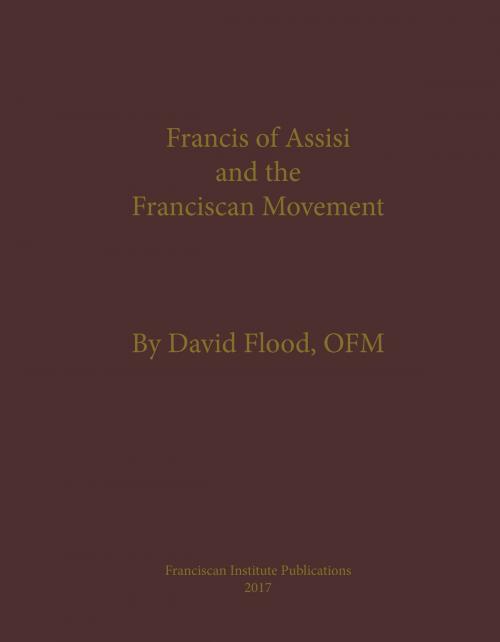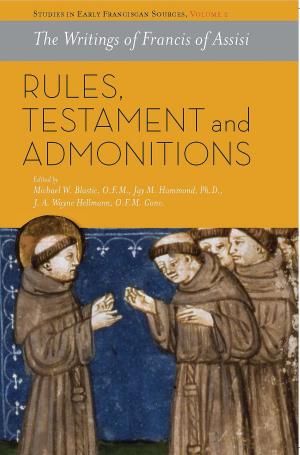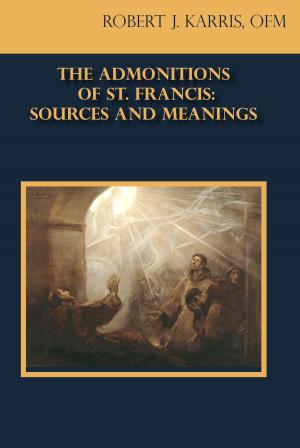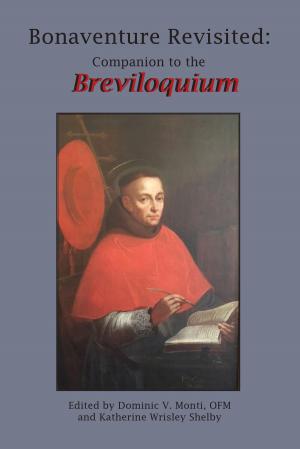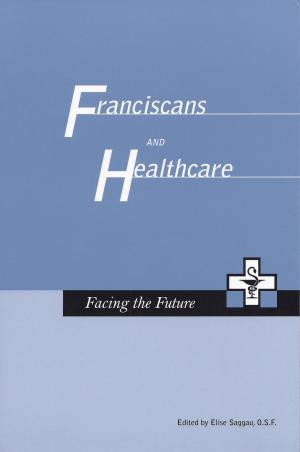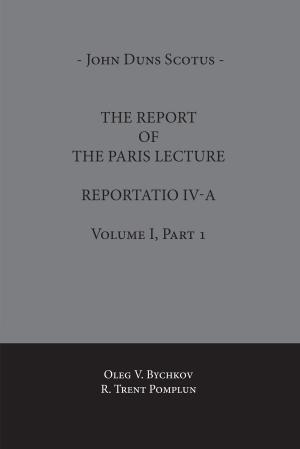Francis of Assisi and the Franciscan Movement
Nonfiction, Religion & Spirituality, Reference, History| Author: | David Flood | ISBN: | 9781576594155 |
| Publisher: | The Franciscan Institute | Publication: | February 22, 2017 |
| Imprint: | Franciscan Institute Publications | Language: | English |
| Author: | David Flood |
| ISBN: | 9781576594155 |
| Publisher: | The Franciscan Institute |
| Publication: | February 22, 2017 |
| Imprint: | Franciscan Institute Publications |
| Language: | English |
We have evidence from 1209 about a man of twenty-seven who became famous. We refer to him today as Francis of Assisi. (Assisi was a modest if ambitious city in Umbria, central Italy.) The evidence of 1209 lies in a few words Francis and several companions wrote down. They worded clearly what they intended to do. Their several sentences developed in the following weeks and months, as they kept to their original resolve. The text reached a complete form in 1215. In the following years it took on further material. We have it in the condition it reached in 1221-1223. We refer to it today as the Early Rule or the Regula non bullata. Another rule replaced it in late November 1223. It summarized the Early Rule while adding further details requested by church authority. Pope Honorius III confirmed the text with a bull. It bore the official confirmation of the pope. It was and is called the Regula bullata.[2] In the pages which follow we abide by the designation Early Rule for the text that began in 1209. The official document we simply call the Rule. For that is what it is. It is what I swore to follow when, in August 1951, my novitiate was over and, formally, I became a bona fide Franciscan. [1] We. That is, those interested in early Franciscan life. [2] See the Latin texts in Engelbert Grau OFM's improvement of Kajetan Esser OFM's edition: Die Opuscula des hl. Franziskus von Assisi, Grottaferrata (Rome), 1989; the texts in English in Francis of Assisi: Early Documents I, New York, 1999.
We have evidence from 1209 about a man of twenty-seven who became famous. We refer to him today as Francis of Assisi. (Assisi was a modest if ambitious city in Umbria, central Italy.) The evidence of 1209 lies in a few words Francis and several companions wrote down. They worded clearly what they intended to do. Their several sentences developed in the following weeks and months, as they kept to their original resolve. The text reached a complete form in 1215. In the following years it took on further material. We have it in the condition it reached in 1221-1223. We refer to it today as the Early Rule or the Regula non bullata. Another rule replaced it in late November 1223. It summarized the Early Rule while adding further details requested by church authority. Pope Honorius III confirmed the text with a bull. It bore the official confirmation of the pope. It was and is called the Regula bullata.[2] In the pages which follow we abide by the designation Early Rule for the text that began in 1209. The official document we simply call the Rule. For that is what it is. It is what I swore to follow when, in August 1951, my novitiate was over and, formally, I became a bona fide Franciscan. [1] We. That is, those interested in early Franciscan life. [2] See the Latin texts in Engelbert Grau OFM's improvement of Kajetan Esser OFM's edition: Die Opuscula des hl. Franziskus von Assisi, Grottaferrata (Rome), 1989; the texts in English in Francis of Assisi: Early Documents I, New York, 1999.
